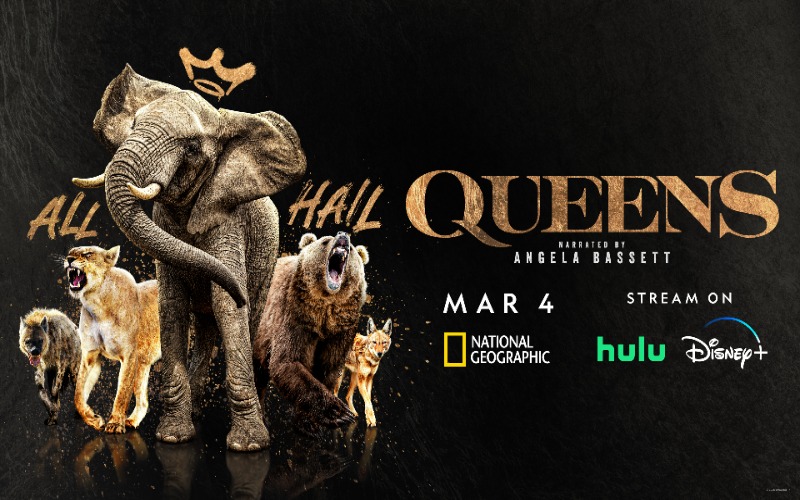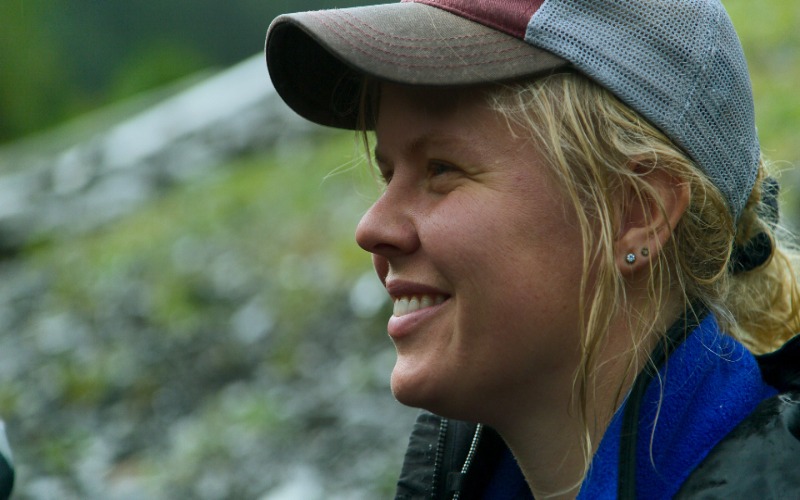
The new National Geographic nature series, QUEENS, narrated by Angela Bassett and crafted exclusively through a female lens, showcases the remarkable stories of animal queens from six remote locations across the globe. Powerful leaders in the animal kingdom, from sisters to single mothers and grandmothers, show their resilience, love, and strength for their family’s survival. The last episode of the series pays tribute to the dedicated women who went the distance to document and safeguard these marvelous animal monarchs.
Innovation and Tech Today spoke with Cinematographer Erin Ranney, one of the brilliant minds behind the ground-breaking series. We explored the transformative dynamic of an all-women filmmaking crew, how this female perspective influenced the creative choices made throughout the series and more.
Innovation & Tech Today: How did the all-women filmmaking dynamic influence the storytelling and overall production process?
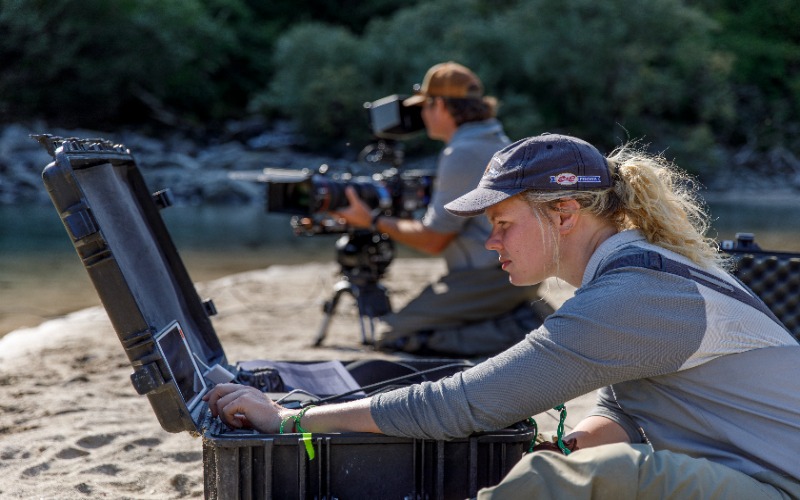
Erin Ranney: The women-led filmmaking dynamic brought a fresh perspective to the series. I think with any addition of diversity in media and TV, you allow new and different perspectives. We each develop our own storytelling methods and views based on our own experiences; this can be shaped by many different aspects of our lives, like where we grew up, who we are, and our culture.
This production is focused on the matriarchs and female-led societies, which means you’re often trying to look at the more subtle movements or behaviors of the female animals. Having people from different backgrounds brought new ideas forward on how to cover and tell each story. One example of this was with the production’s support when we had brand new mothers covering stories of our queens’ motherhood. Their experiences and perspectives brought new light and personal connection to our work because they were experiencing motherhood for the first time themselves.
I&T Today: Can you share some memorable experiences or challenges you faced while filming these queendoms?

Ranney: One of our biggest challenges was attempting to film the birth of an elephant. Elephants have very long gestational periods, so it’s difficult to accurately determine when the birth will happen. I’d say it was a pretty big test of our team’s patience. I was on team “Birth Watch,” which consisted of a day and a night team. Through a schedule of hand-offs of our pregnant elephant, we stayed with her 24/7. Stu Trowell was the night cinematographer, and I was the day cinematographer during our time on birth watch. I was teamed up with Producer Faith Musembi and Technical Driver Sammy Munene. We spent all day tracking behind this elephant. We got to know her well, and with each behavior change, we would get excited and hopeful that something might happen soon. We kept extending our shoot to try and stay with her. Eventually, though, we had to hand her over to the next cinematographer, Manu Akatsa. In total, the “Birth Watch” lasted 64 days, and unfortunately, she gave birth very shortly after we had to wrap up the shoot.
I was very fortunate, however, to get to come back out and find our baby elephant right after she was born with Sammy. I could even see parts of her little umbilical cord still attached. It was a very special moment to film some of her first moments in life.
I&T Today: The final episode of Queens celebrates women going to great lengths to document and protect these animal queens. Can you provide a sneak peek into what audiences can expect in this concluding episode?
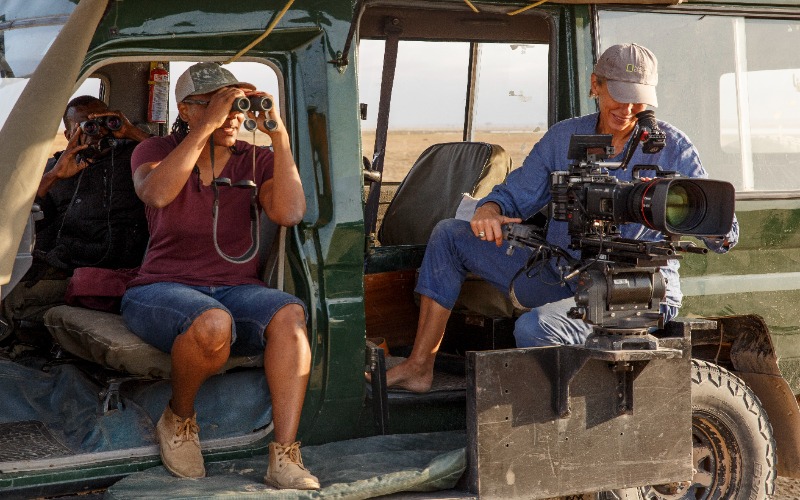
Ranney: The final episode, produced by Faith Musembi, is my favorite episode. She explored the stories of the different women documenting and protecting the animal’s queens who were featured in our series. I think she has a beautiful and unique storytelling voice. She uses gorgeous music from around the world, encourages many of the collaborators to speak in their own language, and brings so many new faces onto the screen. I hope the viewers are as inspired as I was watching that episode. I hope it shows, especially to the next generation what is possible as many young kids who maybe haven’t been able to see a representation of themselves in this genre of media will finally be able to see someone who looks like them on the TV.
I&T Today: Nat Geo and the New York Fashion Week: How does this align with the broader message of Queens and Nat Geo’s commitment to diversity and women in the industry?
Ranney: The New York Fashion Week event to me was National Geographic extending its hand out to communities that maybe haven’t felt the desire or felt welcome to watch wildlife series. I think there’s this false dichotomy. Often, people see it as you can only like being outdoors and deep into nature, or you can only like dressing up and going out. In reality, you can wear the makeup and the muck boots and enjoy both of those worlds. They incorporated incredible artists and performers with real footage and life-size holograms of animals from the series. It was a beautiful show that perfectly combined the two worlds. National Geographic has kept to its message of QUEENS by inviting diverse communities into this genre and welcoming them to celebrate the amazing wildlife we were fortunate to cover.
I&T Today: How do you think the series will resonate with female viewers, and what impact do you hope it will have?
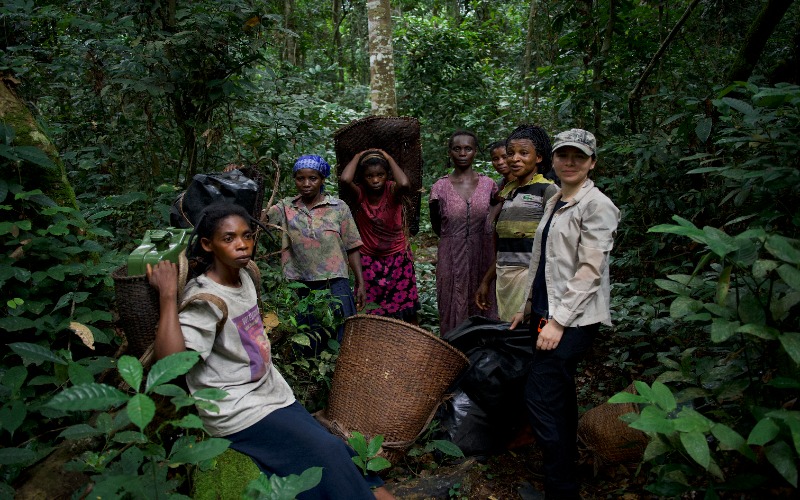
Ranney: I really hope that all viewers, especially female viewers, will see how leadership comes in so many different forms. Each of our wildlife queens has a different method of leadership they practice. Unique qualities and approaches are clearly strengths within their communities. I hope the final episode will show people that their voices are important and that we need diverse perspectives and stories being told.
I&T Today: What advice would you give young women aspiring to pursue a career in cinematography, particularly in genres traditionally dominated by male perspectives?
Ranney: The advice I would give to young women aspiring to pursue a career in cinematography, especially genres traditionally dominated by male perspectives, is to get out and shoot and build confidence. Don’t be afraid to mess up and learn from your mistakes while you’re out practicing. You aren’t going to be perfect when you start. And to be honest, you’ll never be perfect and will continue to learn throughout your entire career. I would say to go find allies and communities that uplift and support you. Most of my cinematography mentors have been male in the past, and there are so many great allies in the community who want to shift the balance. Find people around you at your same experience level and practice and learn together with them.
Catch QUEENS on National Geographic on Mar. 4, and stream on Disney+ and Hulu!



